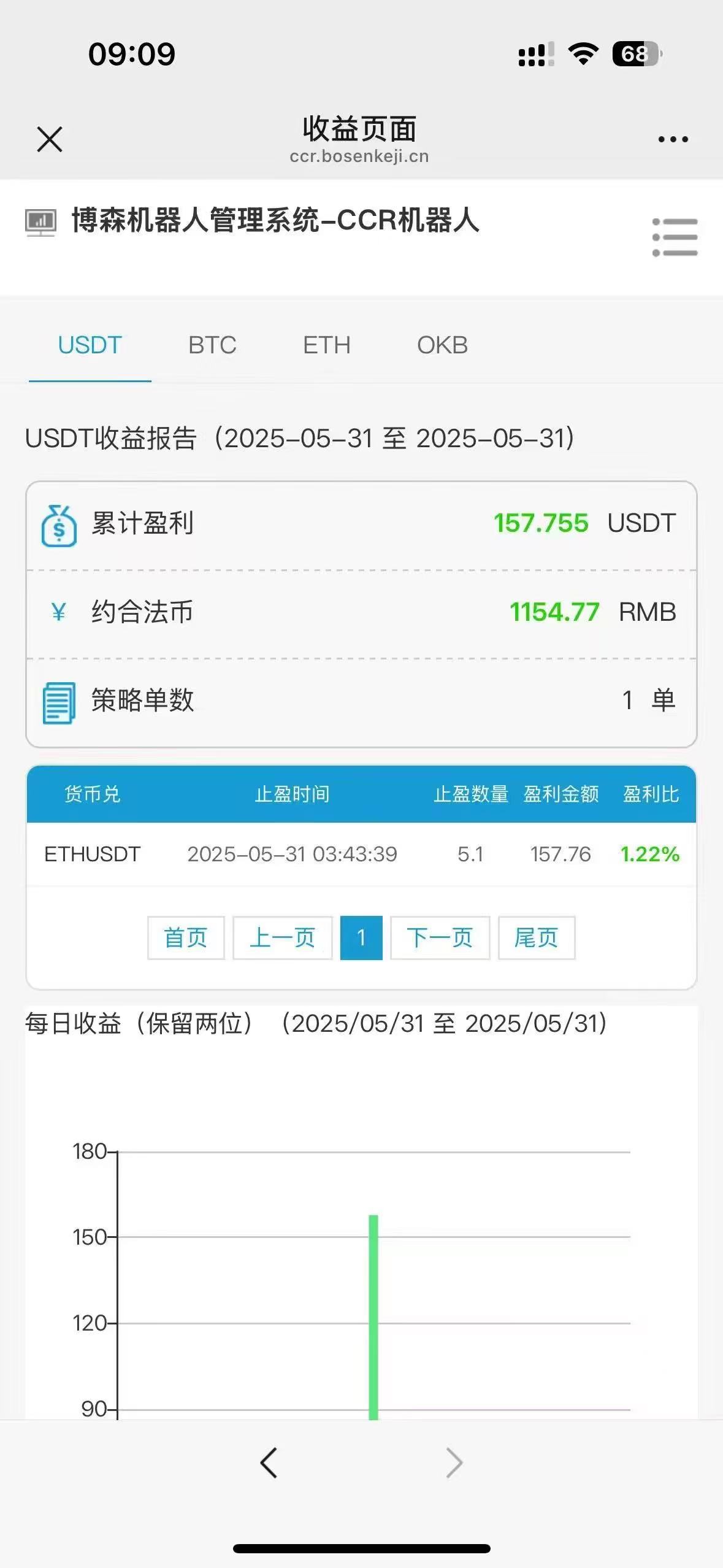There are always people running Ether nodes as a side business of "laying money", but the truth is - ordinary people want to make money on nodes, either burn money for yelling, or be miners and arbitrage robots as leeks cut.
I. The "Emperor's New Clothes" of Nodal Gains: What Money Can Really Be Made?
- Pledge Incentive (Eth2)
- Earnings calculation: 32 ETH pledged by a single node, annualized return ~4.2% (current ETH ≈ 1800U, annual return ≈ 756U)
- the truth in blood and tears::
- A pledge of 32 ETH (~57,600 U) is required, and the threshold directly discourages retail investors
- Gains are subject to slippage from MEV robot snaps (average loss of 1.5%-3%)
- If the node is down for more than 1 hour, the pledge reward will be directly deducted.
- MEV Arbitrage
- delusion of profiteering: MEV bot earns up to 50 ETH (~$90,000) in a single day
- Dark Reality::
- Ordinary nodes can only pick up the tailwinds, with a real average daily gain of ≈0.3 ETH (~54U)
- Monopolized 90% profit by three major mining pools (Spark Pool, Foundry, Ethermine)
- High-frequency robocalls lead to full node bandwidth, forcing hardware upgrades (cost +300U/month)
- data service
- On-chain data analysis: Sells block data to exchanges/VCs, earns up to U20k in a single quarter
- real case::
- A team sells Uniswap V3 mobility data and earns 8000U per month
- Need to invest in AWS cloud servers (150U per month) + Data Cleaning Engineer (80U per hour)
- 90% data is being made freely available to the public, with a very small paid market

Second, the cost of the black hole: these invisible expenditures will make you lose money to tears
- hardware cost
- full node: SSD drives required (1TB ≈ 80U) + high performance PC (whole machine ≈ 1500U)
- Archived nodes: 5TB of historical data stored at ≈3000U hardware cost (first year)
- Electricity bills: 24-hour operating node with an average monthly electricity cost of ≈30U (at $0.1/kWh)
- time cost
- Processing 3000+ transactions per day, need to monitor node status in real time
- Emergency maintenance required in case of forks or upgrades (refer to 2022 Merge upgrade, 72 consecutive hours on standby)
- opportunity cost
- Pledged ETH is illiquid and misses out on bull market gains (ETH went up 120x from 2020-2021)
- Time spent maintaining nodes would be better spent moving to an exchange (3-5x higher average daily returns)
Third, the fatal trap: these "lying earn" set is harvesting node players
- Cloud Node Hosting Scam
- A platform advertises "zero hardware investment, earn 50U per day", but in reality:
- Participate in high-risk liquidity mining with your ETH pledge
- Hidden clause: Losses are borne by the user
- Measured annualized return ≈ 2.1% (lower than bank fixed deposits)
- A platform advertises "zero hardware investment, earn 50U per day", but in reality:
- MEV robot hijacking
- MEV gains for regular nodes are cut off by the three major mining pools:
- Spark Pool Controls 35% of Arithmetic on Ethernet Mainnet
- Robots robbing orders lead to slippage rates of up to 12% on regular nodes
- Actual return ≈ theoretical value ÷ 4
- MEV gains for regular nodes are cut off by the three major mining pools:
- Risk of Pledge Pool Running
- Centralized pledge pools such as Lido Finance, which had 32,000 ETH frozen due to a hack attack
- Users can't withdraw pledged assets on their own, earnings are siphoned off 10%
Fourth, how do ordinary people play? Three wild ways (with real cases)
- "Rotten" full node maintenance
- Run node with old laptop + mechanical hard disk (cost ≈ 200U)
- Abandon MEV earnings and focus on data services
- case (law): A developer is making 2,000U a month by selling block browser APIs
- "Woolgathering" Pledge Portfolio
- 70% pledged ETH (4.2% annualized)
- 20% participation in Lido liquidity mining (6.8% annualized)
- 10% Buy Bitcoin to Hedge Your Risks
Measured annualized net return ≈ 5.1%(Outperforms balance)
- "Miner's Arbitrage" Reversal
- Monitor mining pool trading pools and ambush high slippage orders in advance
- Send Private Transaction Robocalls with Flashbots
- Risk Warning: 50 ETH startup capital collateral required, burst rate 40%

Fifth, the ultimate truth: the essence of the node is a "paid moat"
The real value of an Ether node is not in making money, but in:
- data sovereignty: Have real-time intelligence on the chain (e.g., giant whale transfer alerts)
- the right to ecological participation: Sense in advance which way the wind is blowing for Layer2 upgrades (e.g. zkSync airdrop)
- Resilience to censorship: Running independent nodes to circumvent centralized platform blocking
Disclaimer: All articles on this site, such as no special instructions or labeling, are the site's original release. Any individual or organization, without the consent of the site, prohibit copying, theft, collection, release of the site content to any website, books and other types of media platforms. If the content of this site violates the legal rights and interests of the original author, you can contact us to deal with.
Comments (0)